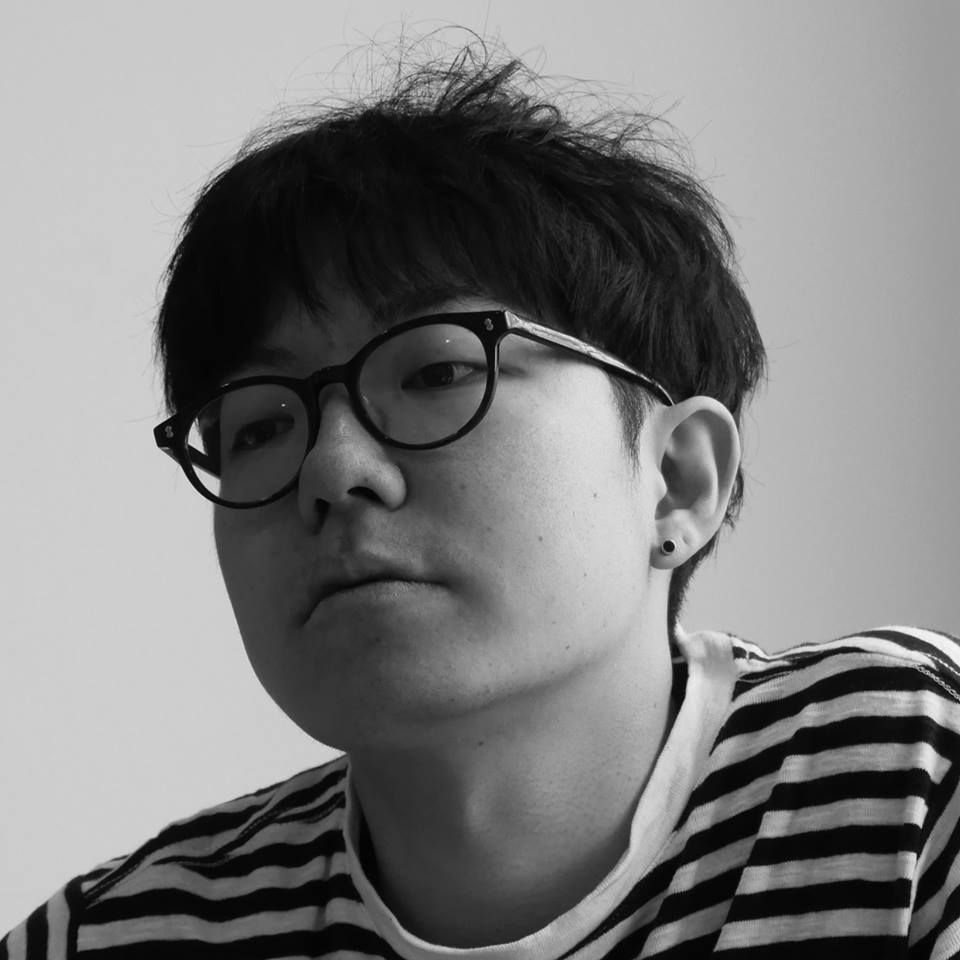Artworks as Nodes: On Hikari Mukai’s The Names on the Beach
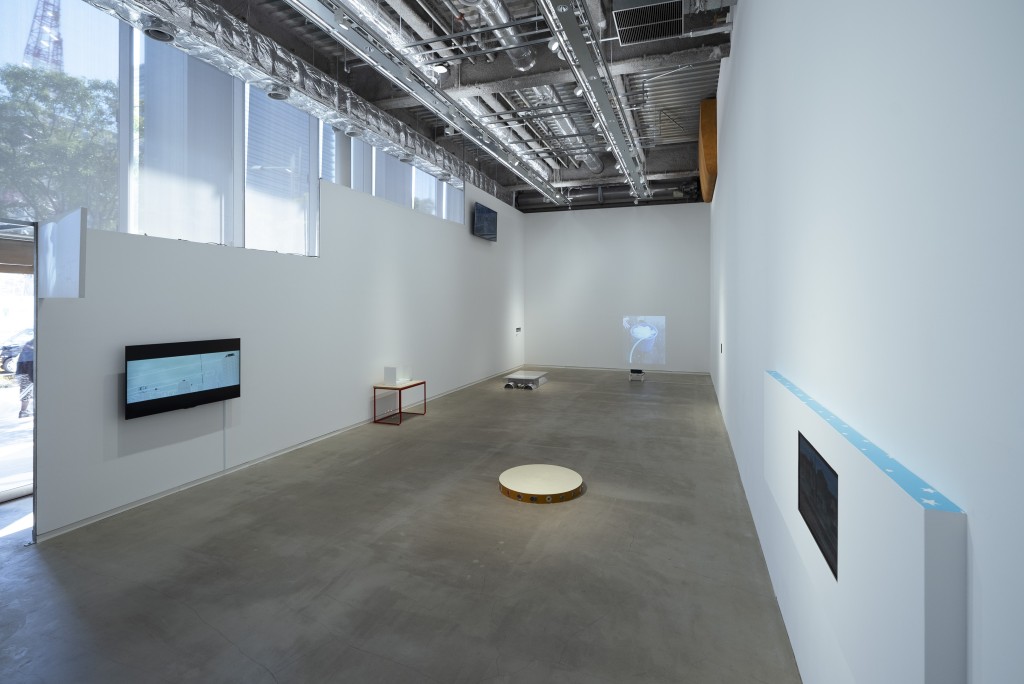
The intriguing exhibition title is one that evokes a range of associations. Hikari Mukai, winner of the Grand Prize for the 1st BUG Art Award, has chosen to name her solo show The Names on the Beach—in other words, names drawn in sand. The first thing that came to mind was Michel Foucault’s well-known closing passage from The Order of Things: An Archaeology of the Human Sciences (1966): “As the archaeology of our thought easily shows, man is an invention of recent date. And one perhaps nearing its end. […] If those arrangements [of knowledge] were to disappear as they appeared, then one can certainly wager that man would be erased, like a face drawn in sand at the edge of the sea.”[1]
The “end of man” is here proclaimed as the endpoint; where, then, do we situate the “birth of man,” which serves as the starting point? According to Foucault, the concept of “man” first emerged in the beginning of the 19th century along with the establishment of a modern episteme (framework of cognition). Prior to that, during what he calls the “Classical Age”—spanning from the 17th century to the end of the 18th century—human thought “did not posit the existence of things outside of representation.”[2] Therefore, the linkage between things and representation was never taken up as an issue during that time. As Yasuyuki Shinkai explains, “man” emerged as a subject that constitutes representation for itself during modernity.
Foucault surmised that the “end of man” would arrive as the development of psychoanalysis and cultural anthropology illuminated the obscurity of human irrationality and non-subjectivity. Taking into account matters such as the rise of social constructivism in later years, it could be said that Foucault failed to consider two factors. The first is how “man” as a category of being was more obstinate than we had predicted. As the boom in social constructivism settled down, “man” returned to the focal point of discussion (at least partially). Markus Gabriel’s “new ontology” can be seen as a striking Merkmal of this development. The other factor (which Foucault did not consider thoroughly) emerges as a derivative therefrom.
The second oversight is the possibility that the concept of “man” is a repetitive thing—one that goes through a constant cycle of formation and erasure, rather than existing on a linear historical trajectory of birth and demise. I won’t delve further, given that philosophy is not my field of expertise. However, we can at least state with certainty that arguments concerning the concept of the “author” within the field of art history and art theory are similar. In other words, even upon Roland Barthes declaring the “death of the Author” (and the “birth of the reader” as its corollary) in his 1967 essay, arguing that “a text’s unity lies not in its origin but in its destination,” the obsession with authorship as a privileged subject that creates a certain work has reemerged time after time.
These preliminary thoughts have become prolix and convoluted. I’d now like to turn to a discussion of some matters that the exhibition title brings to mind with respect to Mukai’s artistic practice. Like the concepts of “man” and the “Author,” the concept of the “artwork” has been exposed to persistent critical inquiry. Indeed, Kenichi Sasaki points out: “Although the artwork has been fundamental as a category of being, it has rarely been the subject of conceptual discussion. It has only been taken up as an issue in recent years as, in fact, an attack on the idea of the artwork.”[3] The concept of the “artwork” has repeatedly been destabilized, only to be reinstated in turn.
For example, Marcel Duchamp’s series of “readymades” presents preexisting industrially manufactured objects as subjects of artistic appreciation. By confronting the viewer with something that isn’t a work of art, or an “artwork that isn’t made,” as an objet d’art, Duchamp challenged ideas about what made an artwork, which had previously been based on assumptions taken to be self-evident.
The performance as artwork, as proposed by John Cage, constitutes another example. He emphasized how, within the context of music, performance, or staging, constantly differs in a material sense, casting doubt on the idea of the artwork as a fixed, internally consistent category. Given this series of developments, in The Open Work (1962), Umberto Eco goes as far as to argue:
Every work of art, even though it is produced by following an explicit or implicit poetics of necessity, is effectively open to a virtually unlimited range of possible readings, each of which causes the work to acquire new vitality in terms of one particular taste, or perspective, or personal performance. [4]

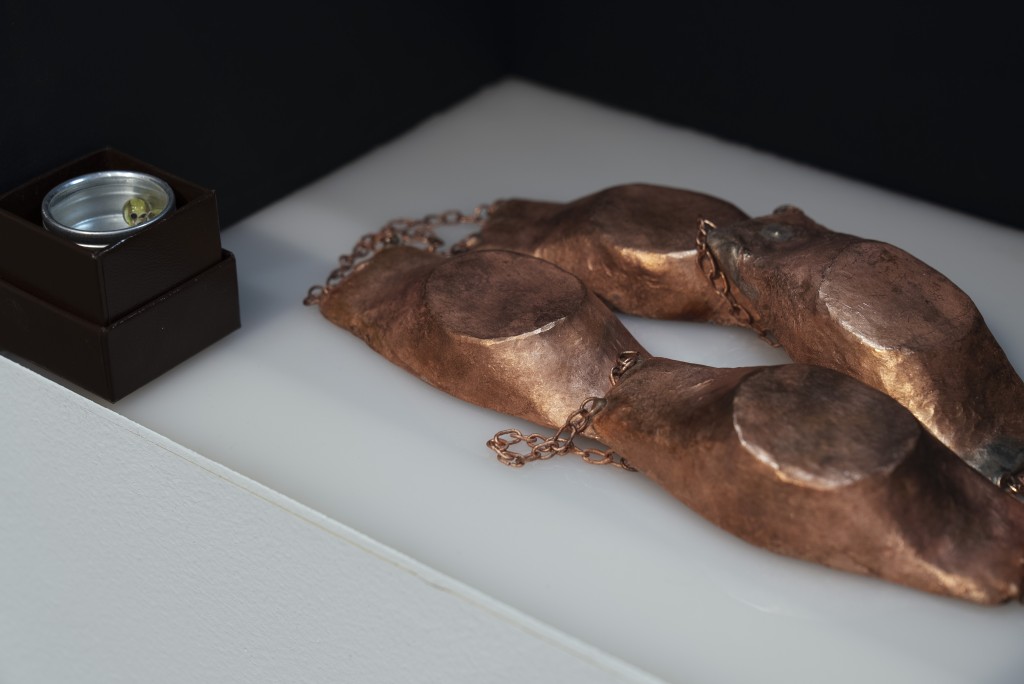
Similarly to Barthes, Eco emphasizes the role of the interpreter, which serves as a correlative agent in reading the artwork as a material object. The expression, “a virtually unlimited range of possible readings,” seems precisely apt in describing Mukai’s various works in The Names on the Beach.
The exhibition consists of an impressive total of 17 artworks that range widely in scale. The artist created these works based on her everyday experiences, or fragments of memories that she happened to recall out of the blue. However, these daily occurrences and memories that form the basis of her works are not presented chronologically, nor are they organized around clearly comprehensible categories. In this sense, they seem to be loosely connected through “a virtually unlimited range of possible readings,” while also contrastingly interspersed as isolated and scattered things. Indeed, the series of artworks is “open,” in precisely the way described by Eco.
In this way, Mukai’s artworks themselves carry a fleeting and ephemeral presence, much like the titular names drawn in sand. The names vanish with the movement of the waves, which continue to ebb and flow, and the act is repeated over and over again as others inscribe different names there. Mukai’s artworks appear like snapshots, capturing moments from this infinite repetition of formation and erasure. Just as the concept of the “artwork” continues its cycle of vanishing and emerging within history, Mukai’s works tirelessly come and go—such was my impression of viewing The Names on the Beach. Appearing static at first glance, the works lend themselves to the lively dynamism of an always subtle form of oscillation.
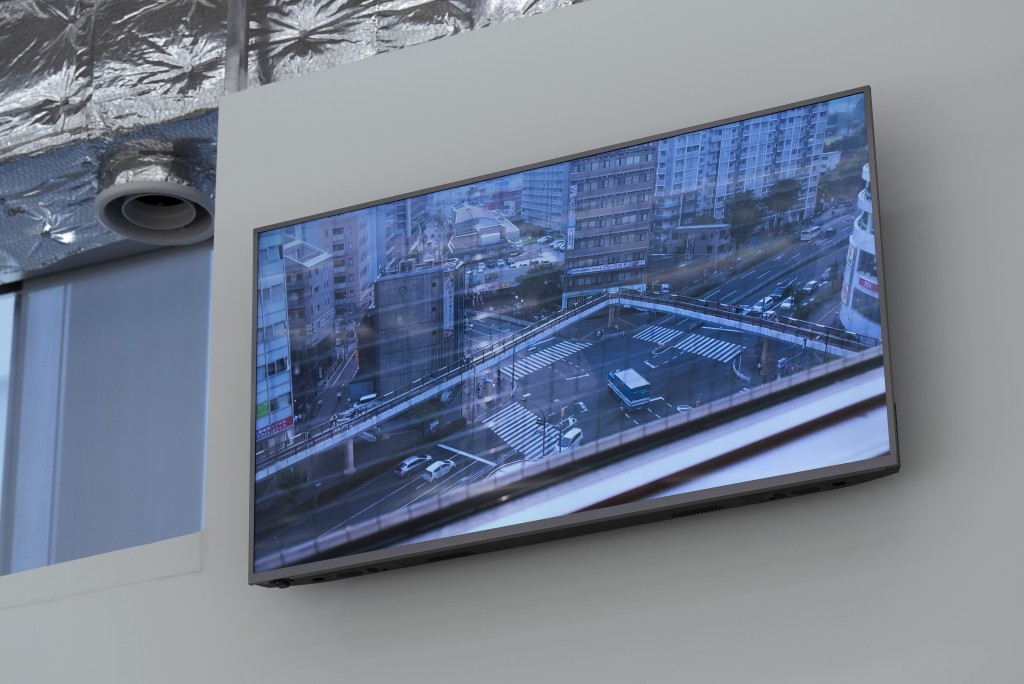
I would like to touch upon a work in the exhibition that seemingly exemplifies Mukai’s artistic practice in an intriguing way: an approximately two-minute video piece titled Minicar (2024). In the artist’s own words, the work is a simple video that documents “the landscape as seen from the break room at my part-time job. The way that the passing cars naturally restrict their own movement by strictly adhering to the rules.” I would like to examine what Mukai is capturing here, whether consciously or not, through its relation to her artistic practice. The subject of this work, put in slightly more complicated terms, is the formation of the phenomenon known as transportation. What we call “transportation” is founded on the complex entanglement of an array of elements such as rules, which are symbolized by traffic lights, cars, or road signs, and tacit understandings that are not laid out by law.
Actor Network Theory (ANT) attempts to theoretically explain such intricate aspects of the world. ANT is known as “an argument that acknowledges not only humans but various non-human entities as whole actors,” and is understood as “an accumulation of a series of experimental descriptions that attempt to thoroughly grasp the various roles performed by non-human elements.”[5] In an essay titled “ANT and Economics,” Shinhaeng Kim uses the example of shopping for meat and fish at the supermarket, illuminating the merits of ANT in the realm of economics by analyzing the influence of various tangible and intangible non-human factors in such purchasing acts: “The tables and shelves for placing the products like at a trade fair, the price-setting system that determines discount rates depending on the freshness of the products, and the marketing knowledge and business strategies to boost consumer interest.” [6] Such explanations of “economics” draw similarities to the aforementioned idea of “transportation.”
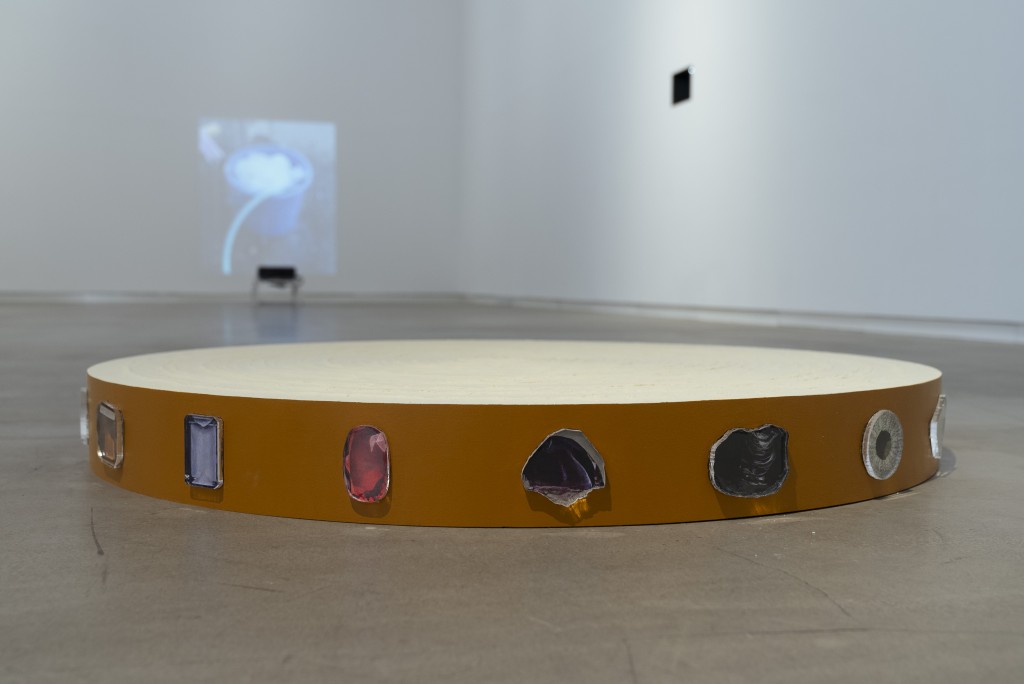
Through the lens of ANT, we see how the world is composed of relations that emerge and vanish between an array of actors in everyday life. It’s fascinating to consider Mukai’s works as akin to nodes emerging and vanishing in such a world. Her works are extremely “vulnerable” entities. However, it is that singular vulnerability that gives them strength (not intensity, but resilience). This aspect reminds me of an anecdote about Kanazawa, where I used to live. The trees that survive through the heavy snow of Kanazawa’s winter adapt, in fact, by becoming malleable, bending their branches according to the weight of the snow instead of trying to resist by remaining stiff. Given that Mukai’s works are based on daily materials and memories, some viewers may not find each work to be instantaneously moving. However, her works tenaciously grow their roots within the viewer’s mind, and re-emerge time and again like a zombie during small everyday moments.
I would like to refer to her works, then, as nodal. There is something ineffably unforgettable about them, something that lingers in our memory. Mukai’s artworks, which stand out in their infinite expandability, a product of their malleability, constantly come and go. They feel like stars emanating a subtle but assertive light, and may even survive beyond the measure of humanity, not to mention that of Mukai herself as the artist, just as the “lifespan” of stars often exceeds that of individual humans. Today, many contemporary artists strive to achieve a global scale of success. On the other hand, Mukai’s nodal works seem to effortlessly extend beyond this scale, assuming an even planetary nature.
[1] Michel Foucault, The Order of Things: An Archeology of the Human Sciences (Vintage Books, 1973), 387.
[2] Yasuyuki Shinkai, Fūkō no gensetsu: “Jibun jishin” de aritsuzukenai tameni [Foucault’s Discourse: To Not Remain Oneself] (Tsukuma Shobo, 2019), 122.
[3] Ken’ichi Sasaki, Bigaku jiten [Dictionary of Aesthetics] (University of Tokyo Press, 1995), 151.
[4] Umberto Eco, The Open Work (Harvard University Press, 1989), 21.
[5] Akutā nettowāku riron nyūmon: Mono de afureru sekai no kijyutsuhō [An Introduction to Actor Network Theory: A Method to Describe Our World Filled with Things], ed. Kurita Wataru (Nakanishiya Shuppan, 2022), 1-2.
[6] Shinhaeng Kim, “ANT and Economics,” in Akutā nettowāku riron nyūmon: Mono de afureru sekai no kijyutsuhō [An Introduction to Actor Network Theory: A Method to Describe Our World Filled with Things], ed. Wataru Kurita (Nakanishiya Shuppan, 2022), 103.
